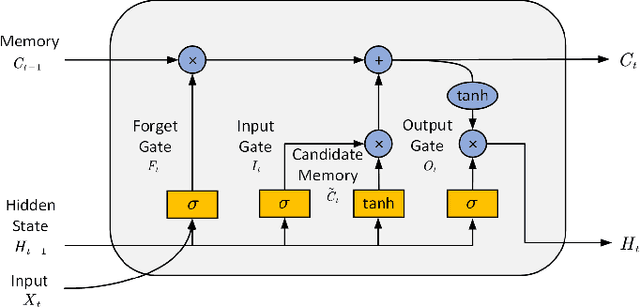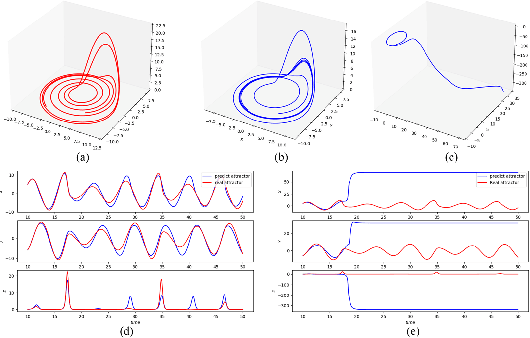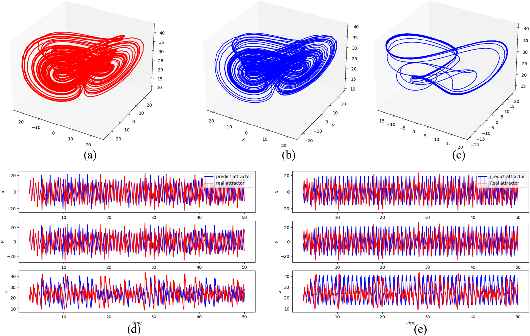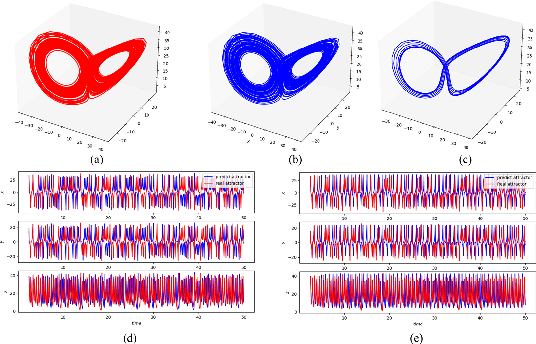Yichen Zhao
Visual Grounding with Multi-modal Conditional Adaptation
Sep 08, 2024Abstract:Visual grounding is the task of locating objects specified by natural language expressions. Existing methods extend generic object detection frameworks to tackle this task. They typically extract visual and textual features separately using independent visual and textual encoders, then fuse these features in a multi-modal decoder for final prediction. However, visual grounding presents unique challenges. It often involves locating objects with different text descriptions within the same image. Existing methods struggle with this task because the independent visual encoder produces identical visual features for the same image, limiting detection performance. Some recently approaches propose various language-guided visual encoders to address this issue, but they mostly rely solely on textual information and require sophisticated designs. In this paper, we introduce Multi-modal Conditional Adaptation (MMCA), which enables the visual encoder to adaptively update weights, directing its focus towards text-relevant regions. Specifically, we first integrate information from different modalities to obtain multi-modal embeddings. Then we utilize a set of weighting coefficients, which generated from the multimodal embeddings, to reorganize the weight update matrices and apply them to the visual encoder of the visual grounding model. Extensive experiments on four widely used datasets demonstrate that MMCA achieves significant improvements and state-of-the-art results. Ablation experiments further demonstrate the lightweight and efficiency of our method. Our source code is available at: https://github.com/Mr-Bigworth/MMCA.
An overview of domain-specific foundation model: key technologies, applications and challenges
Sep 06, 2024Abstract:The impressive performance of ChatGPT and other foundation-model-based products in human language understanding has prompted both academia and industry to explore how these models can be tailored for specific industries and application scenarios. This process, known as the customization of domain-specific foundation models, addresses the limitations of general-purpose models, which may not fully capture the unique patterns and requirements of domain-specific data. Despite its importance, there is a notable lack of comprehensive overview papers on building domain-specific foundation models, while numerous resources exist for general-purpose models. To bridge this gap, this article provides a timely and thorough overview of the methodology for customizing domain-specific foundation models. It introduces basic concepts, outlines the general architecture, and surveys key methods for constructing domain-specific models. Furthermore, the article discusses various domains that can benefit from these specialized models and highlights the challenges ahead. Through this overview, we aim to offer valuable guidance and reference for researchers and practitioners from diverse fields to develop their own customized foundation models.
Predicting Chaotic System Behavior using Machine Learning Techniques
Aug 11, 2024



Abstract:Recently, machine learning techniques, particularly deep learning, have demonstrated superior performance over traditional time series forecasting methods across various applications, including both single-variable and multi-variable predictions. This study aims to investigate the capability of i) Next Generation Reservoir Computing (NG-RC) ii) Reservoir Computing (RC) iii) Long short-term Memory (LSTM) for predicting chaotic system behavior, and to compare their performance in terms of accuracy, efficiency, and robustness. These methods are applied to predict time series obtained from four representative chaotic systems including Lorenz, R\"ossler, Chen, Qi systems. In conclusion, we found that NG-RC is more computationally efficient and offers greater potential for predicting chaotic system behavior.
 Add to Chrome
Add to Chrome Add to Firefox
Add to Firefox Add to Edge
Add to Edge